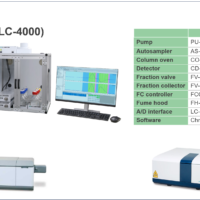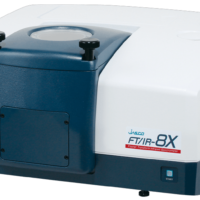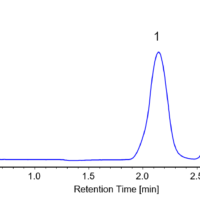Introduction
CD spectra in the NIR region provide the information of the combination and overtone vibrational modes of the O-H and C-H transitions (NIR-VCD), and also provide the one of the d-d transitions of metallic proteins and metal complexes (NIR-ECD). NIR-ECD spectra of the metal protein and metal complexes are known to be sensitive to quite detailed structures including the conformation of metal ligands as well as the configuration around the central metal, which is used for structural analysis of these molecules.1) For NIR-VCD, theories and calculation methods to interpret the NIR-VCD spectra have been introduced, and comparison analysis with the measured spectra is being accomplished. 2)
Near Infrared CD Spectrometer, which has the dedicated detector and light source, can perform the CD data collection in the NIR region (up to 1600 nm). It enables to perform NIR-VCD measurement of the vibration transitions and NIR-ECD measurements of molecules including metal complexes, as well as ECD spectra in the UV region, primarily used for measurement of biological samples. This article shows the NIR-CD measurement result of a limonene2) as the measurement example of chiral molecules for studying the vibrational transitions.
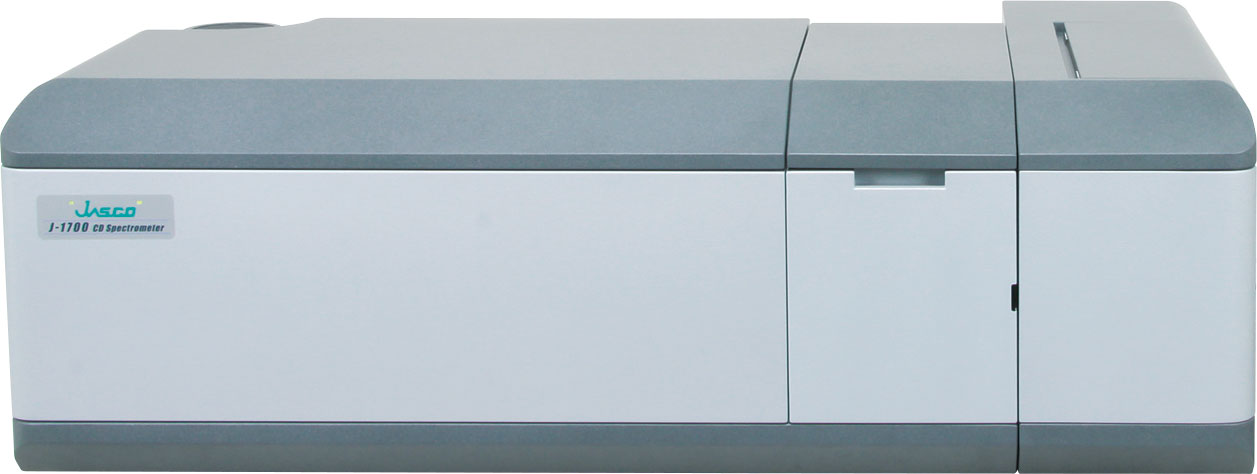
J-1700 CD spectrometer
Experimental
Sample preparation
Liquid (R)-(+) and (S)-(-) limonene in a 10 mm pathlength cylindrical cell.
Measurement condition
Band width: 16 nm
Data interval: 0.1 nm
Scan speed: 100 nm/min
Response: 2 seconds
Accumulation: 16
Gain: 100x
Keywords
NIR-ECD, NIR-VCD, metal complex, overtones and combinations, local modes
Results
Absorption and CD spectra derived from the double overtone of the C-H vibrational transition of the (R)-(+) and (S)-(-)-limonene are shown in Figure 1. The limonene of a racemic form was used for the blank of the CD spectrum. The limonene was measured with pathlengths of 10 mm and 2 mm because there is no appropriate solvent to serve as the blank for the liquid limonene at room temperature in the absorption spectrum. The difference spectrum (absorbance equivalent to the 8 mm path length) is multiplied by 1.25 and converted to the absorbance equal to a 10 mm path length. The very weak CD signal below 1 mdeg can thus be measured with high-sensitivity.
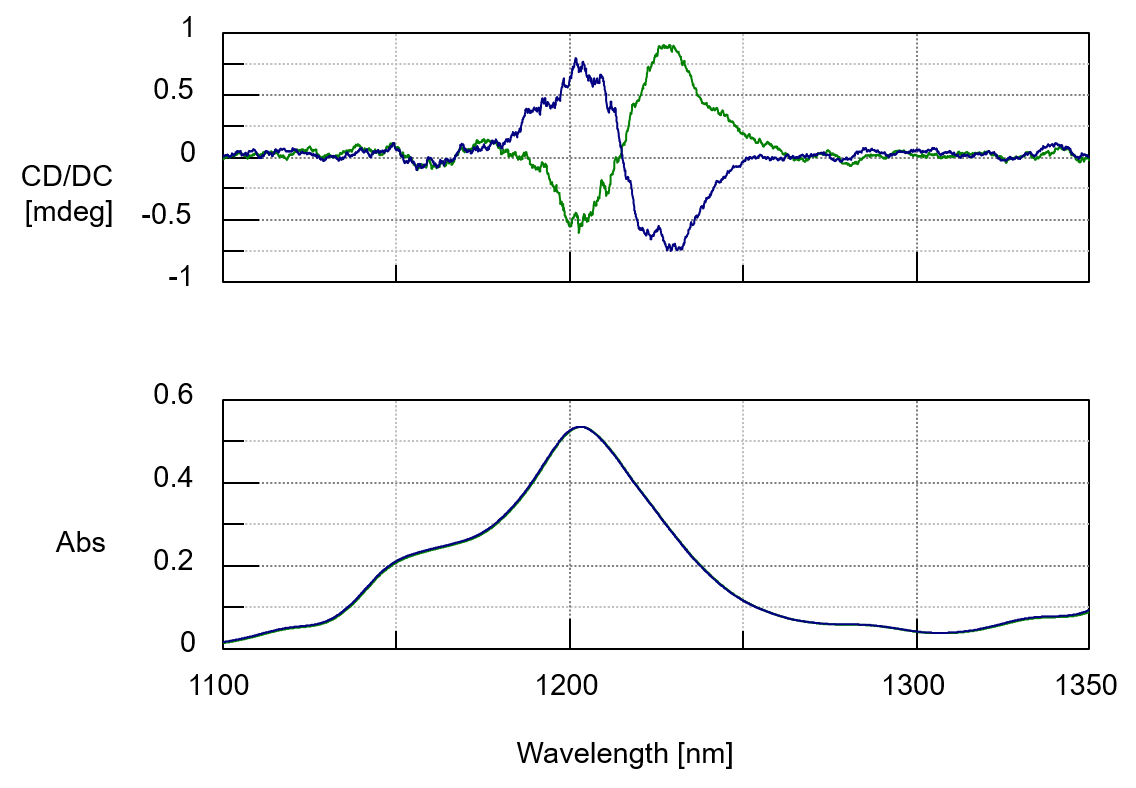
Figure 1. CD spectra of the limonene (Green: (R)-(+) – limonene, Blue: (S)-(-) – limonene)
References
(1) William A. Eaton, Graham Palmer, James A. Fee, Tokuji Kimura, and Walter Lovenberg, Proc. Nat. Acad. Sci. USA, 68, 12, 3015-3020, (1971)
(2) Sergio Abbate, Ettore Castiglioni, Fabrizio Gangemi, Roberto Gangemi, and Giovanna Longhi, CHIRALITY, 21, Issue 1E E242-E252, (2009)

